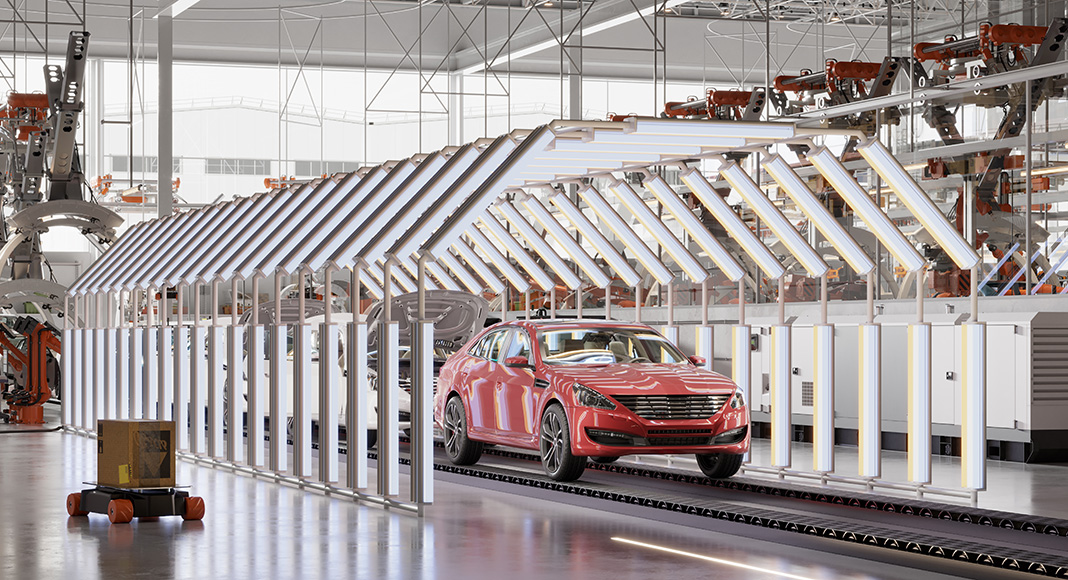Euro NCAP conducted more safety tests in 2022 than ever before and welcomed a record number of newcomers in the programme.
The information was revealed in the release of Euro NCAPâs annual âYear in Numbersâ looking at the highs and lows and emerging trends of 2022.
The addition of Austria and Norway as new members also increased Euro NCAPâs geographic coverage.
According to the safety organisation, during 2022, it published 73 safety ratings, of which 67 were for brand-new car models.
Euro NCAP said 2022 had been an âexceptionally challenging yearâ for the automotive industryâ with new safety, emission, and cybersecurity regulations, along with the economic repercussions of the invasion of Ukraine, Brexit, and the challenges related to shortages of semiconductor chips, materials, and labour.
To ease the burden on the industry, Euro NCAP delayed the introduction of its new protocols until the beginning of 2023.
The delay resulted in the latest models scoring very well against the criteria with 78 per cent achieving five stars overall and no vehicles receiving three stars or less.
The emerging trends of 2022 included:
- Full electric vehicles made up 22 out of 65 new models and five out of six Euro NCAPâs Best in Class winners were electric.
- Seven brands made their Euro NCAP debut in 2022, six of which originate from China.
Michiel van Ratingen, Euro NCAPâs Secretary General, said 2022 also marked 25 years of making cars safer.
âLooking back on the progress we have made with our sponsors, test labs and partners, and how different safety looks for consumers today when we test cars â we are so proud of what we have accomplished,â he said.
âIn 2023, we have huge developments ahead including a real step forward on the road to Vision Zero with new protocols in car testing that will consider the wider implications on vulnerable road users, but also consideration of a new target group that will be announced later in the year.â



















